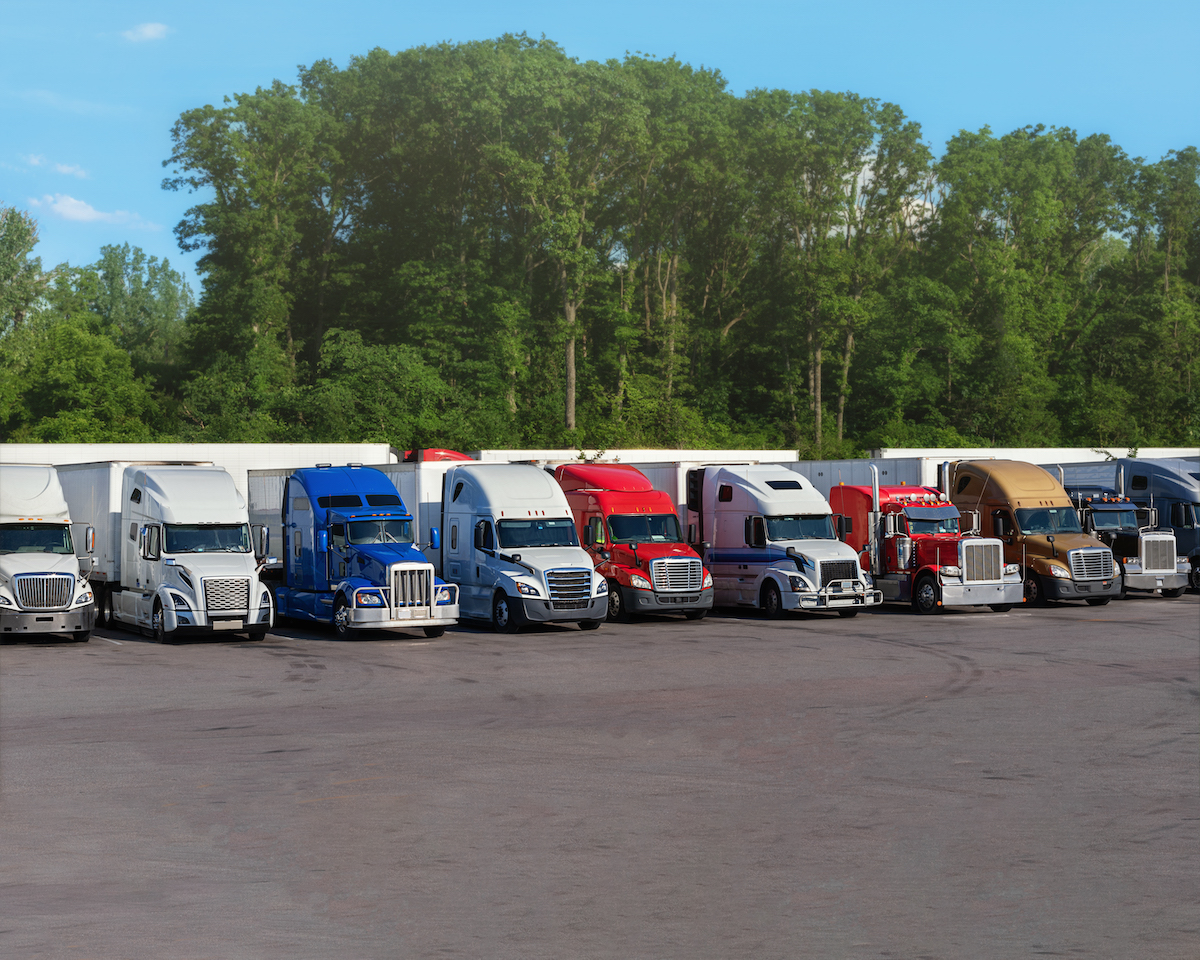Trucking companies continue to face significant challenges not only within their day-to-day operations, but they are also seeing substantial impacts on their insurance rates and premiums.
The cost of trucking accidents is impacting the excess insurance layers more than ever before, as most companies are seeing a higher claim payout per accident. Companies are also facing higher medical and litigation payouts with these accidents. As a result of these losses, insurance carriers are forced to increase rates while cutting back on capacity for this industry. Accidents are not the only factor impacting the excess trucking insurance market as truckers are also facing nuclear verdicts, reinsurance costs, and a higher percentage of inexperienced drivers entering the workforce. The driver shortage has caused many trucking company owners to seek drivers from other industries, or even younger drivers to fulfill contract needs. All these factors impact the exposure of the account, so our underwriters are seeking additional premiums as large auto liability losses continue to haunt the insurance company’s profitability for this class.
Previously, markets were willing to put up $5M – $10M in one excess layer. However, most are now providing only $5M or in some cases less, and the days of $10M layers are gone. Some markets are resorting to higher attachment points before offering an excess option. Many of our carriers have also been forced to seek reinsurance for some of the riskier trucking companies they were once able to write. From an insurance standpoint, this is why it is very important for trucking companies to focus on driver safety and vehicle maintenance to maintain a quality CAB score. Telematics is also an important risk control factor for our underwriters, and some of our carriers can offer credits on the excess premium should the insured have this technology.
While limits are cut back, our underwriters are seeing an overwhelming number of submissions given that more company contracts are requiring higher limits. Although every risk is different, a quality submission outlining the exposure will help our submissions move to the top of our underwriters’ stack. In general, our markets all have the same basic umbrella/excess submission requirements, but again, every risk is different. Below is a list of excess trucking submission needs.
- Completed ACORD applications (125 & 131) including all underlying carriers, limits and premiums.
- Fully completed trucking supplemental application.
- Policy dec pages and forms lists – or – copies of quotes expected to be bound for all lines we are quoting over. We will need to see limits, classifications, exposures, forms, etc.
- Loss runs – 5 years of currently valued for all lines of coverage that we are going over.
- If a new venture, they’ll require MVRs to quote, otherwise, they may be required at binding.
- Vehicle schedule including a breakdown of GVW (gross vehicle weight) and VINs.
- Target premium – whenever possible although not required.
Arlington/Roe Can Help!
Through the hardships of the trucking industry, Arlington/Roe is here to help with your excess needs!
Contact Nicole Percifield at npercifield@arlingtonroe.com or ext. 8667.
